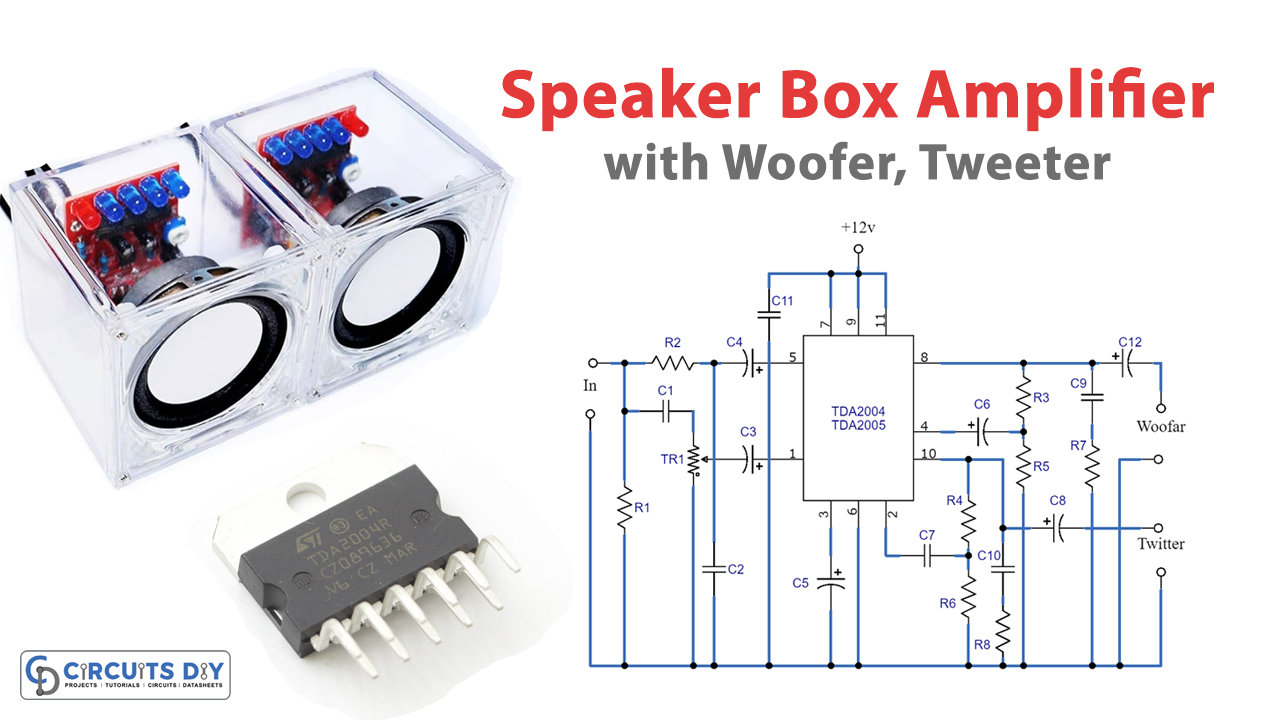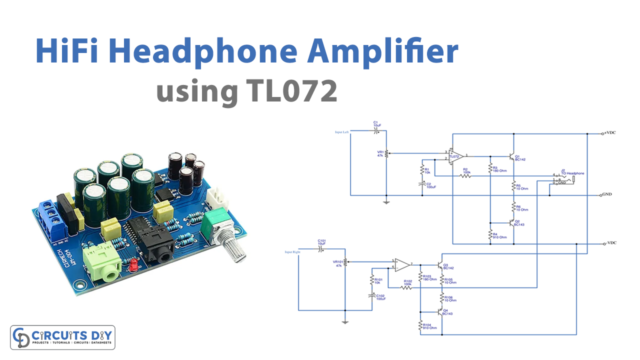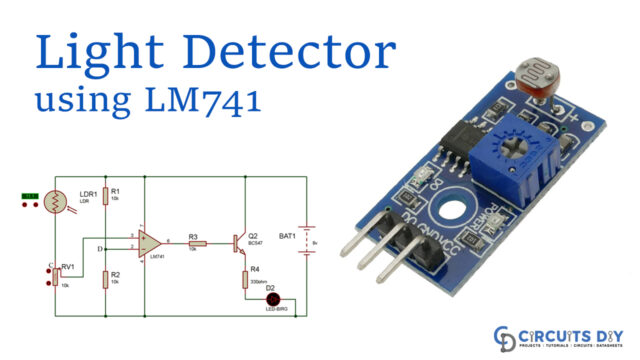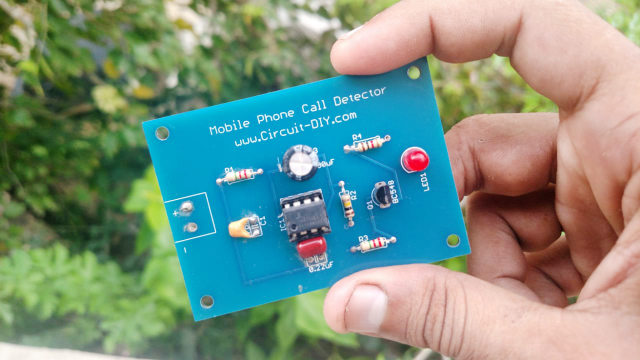Introduction
Have you ever wanted to create your own custom speaker system? The ability to choose your components and tailor the sound to your preferences can be a thrilling experience. This post will show you how to build a speaker box amplifier circuit with a woofer and tweeter. If you are looking for a fun project to work on, this guide will give you all the information you need to get started.
Building a speaker box amplifier circuit is a fun and challenging project that will give you a deeper understanding of how sound works and create a truly unique sound experience. By combining a powerful woofer and a delicate tweeter, you can create a speaker system that delivers clear, crisp, high notes and deep, thundering bass. So keep reading this article for further information!
Hardware Required
You will require the following hardware for the Speaker Box Amplifier Circuit.
| S.no | Components | Value | QTY |
|---|---|---|---|
| 1 | IC | TDA2004, TDA2005 | 1 |
| 2 | Polar capacitor | 2.2, 100, 2200uF | 3, 3, 1 |
| 3 | Non Polar capacitor | 5.6,100nF | 2, 3 |
| 4 | Resistor | 680, 10k, 10, 1, | 1, 1, 2, 2, 2 |
| 6 | Variable resistor | 10k | 1 |
Circuit Diagram
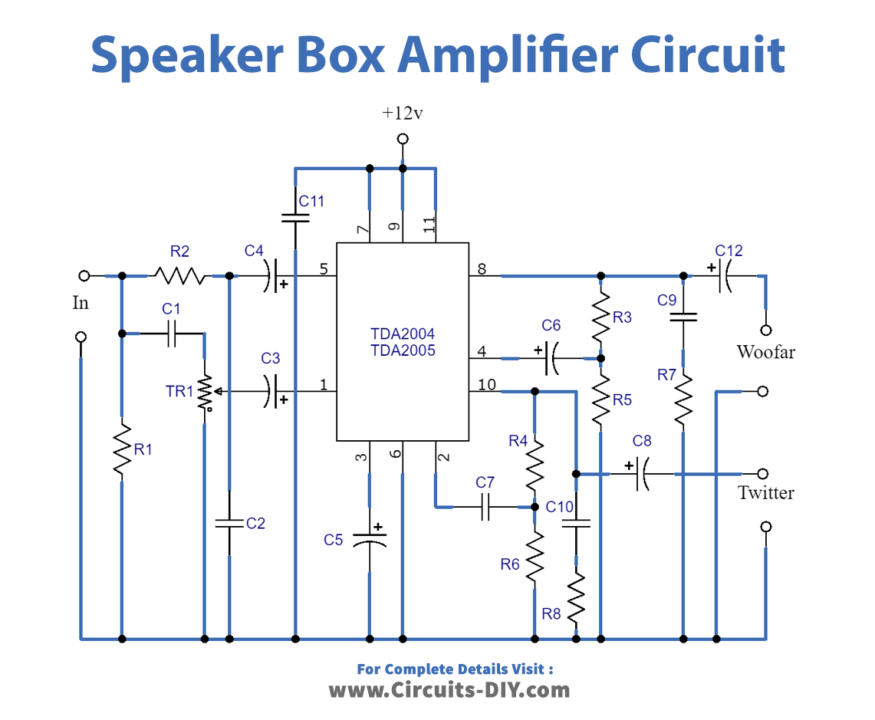
Working Explanation
The amplifier operates with a voltage of 14.4 Volts and is equipped with an active crossover filter with a crossover frequency of 2 KHz. The two speakers must support 10 watts of power and have an impedance of 4 Ohms each. The trimmer TR1 allows for fine-tuning the power output of the treble channel for optimal sound quality.
This built-in woofer/tweeter speaker amplifier circuit can also be used as a booster for 2-way radio. In this case, a resistor of 3.3 kOhms must be placed between the output of the car radio and the input of the amplifier to prevent unwanted distortion. Input signals higher than 50 mV should be avoided to maintain clear sound quality.
The supply voltage for the amplifier should be adjusted between 12 and 15 volts for the best performance.
Final Words
In conclusion, building a speaker box amplifier circuit with a woofer and tweeter can be a rewarding and educational project. Following the steps outlined in this guide will give you a deeper understanding of how sound works. We hope you liked the article. If you have any questions or feedback, please don’t hesitate to reach out. We’d be more than happy to help you with your project!


